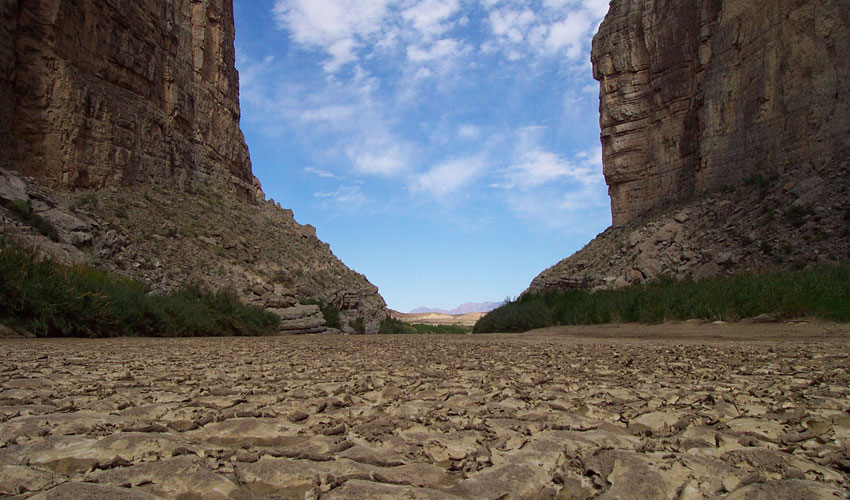Rafters enjoy floating down the Colorado River in the Grand Canyon. Boating down the Colorado River below Havasu Creek in Grand Canyon National Park. NPS photo by Mark Lellouch.
A report published by the Colorado River Research Group takes a look at the word "drought" and why it might be time to retire its usage based on the data seen from the Colorado River Basin.
“Drought: a period of dryness especially when prolonged; specifically : one that causes extensive damage to crops or prevents their successful growth”
Water is a hot commodity for ranchers across Colorado.
A sign advertising a water sale sits on a farm outside Del Norte, Colorado. Luke Runyon / HARVEST PUBLIC MEDIA
According to that definition, a drought refers to a period of time which would mean there is a beginning and a foreseeable end. What we are noticing in Colorado is a drought that seems to have no end. That's why scientists from Arizona, Utah, California, Colorado, and Michigan are starting to label the changes we have seen in the Colorado River Basin as aridification. It's true that the word does not share the same one-syllable punch that drought delivers, but the research groups says that it better defines what is happening to the area.
“aridification: the gradual change of a region from a wetter to a drier climate, often measured as the reduction of average soil moisture content”
A riverbed dried up along the Rio Grande.
What this study suggests is that the years upon years of weather patterns we have seen in Colorado are pointing to a larger trend that is simply more than just a temporary drought or warming. If you are interested in learning more, you can read the full report with the link below. As always, what do you think? Is it time to start calling a spade a spade?
Other topics addressed in the report include:
- Measuring the likelihood of future megadroughts in terms of low soil moisture
- What studies say about the "dust on snow" phenomenon
- What are two possible new normals based on climate models, trends, and Colorado population demand and growth
Read the Full Report here:
When is Drought Not a Drought? Drought, Aridification, and the "New Normal" (March 2018)
P.S. Did you catch the Shakespeare reference?





